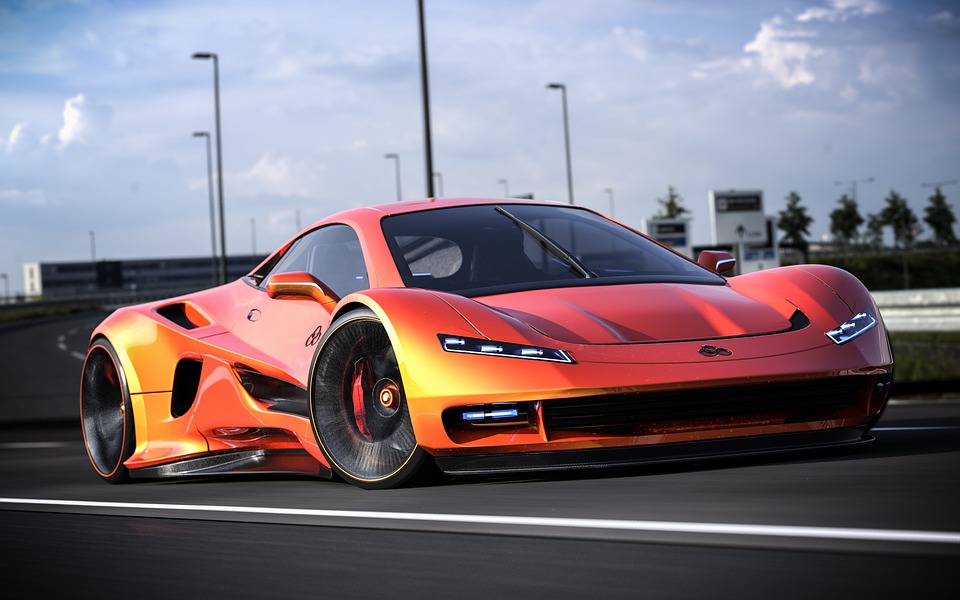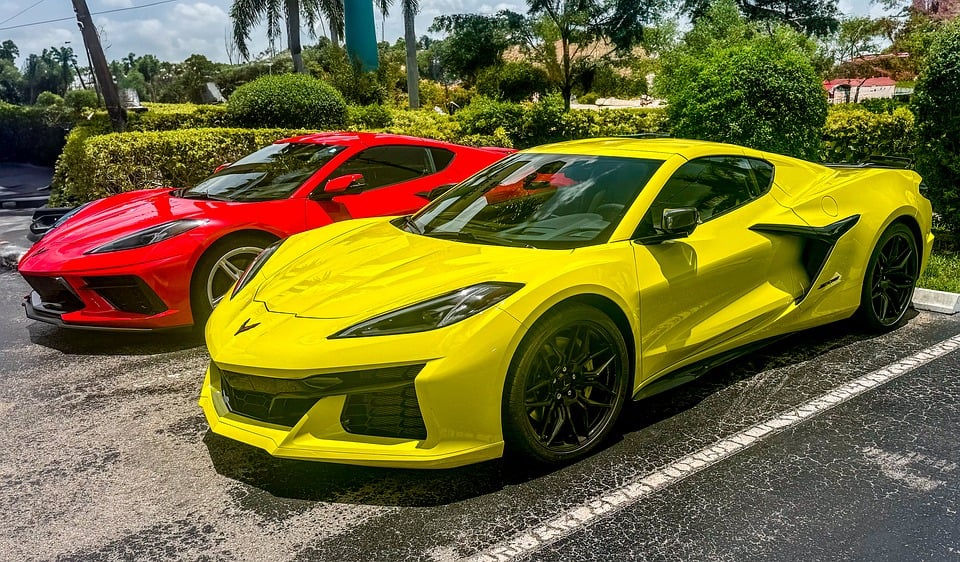When Super Mario 64 was introduced, it was unlike anything gamers had ever seen. The game’s three-dimensional worlds were more than just a spectacle; they were intricately designed playgrounds where players were encouraged to explore, experiment, and engage with the environment in ways previously unimaginable. The game’s camera system, ingeniously controlled by the player through Lakitu, gave unprecedented control and ease of movement traditionally unseen in platformers of its kind.
The gameplay in Super Mario 64 was, and still is, a masterclass in design. Mario’s move set was remarkably advanced for its time, featuring a range of jumps, flips, and even a crouch ability that allowed players to access new areas and perform complex maneuvers. Each level was a sandbox filled with diverse objectives, from collecting stars to defeating iconic bosses like King Bob-omb.
Different power-ups added layers of strategy and replayability. For instance, the Wing Cap let Mario soar through the skies, while the Metal Cap provided invincibility. Unquestionably, these elements contributed to an experience that encouraged players not just to complete levels, but to constantly strive for 100% completion.
Each world in Super Mario 64 brought something unique to the table. Levels like Bob-omb Battlefield offered wide-open spaces for exploration, while others like Jolly Roger Bay immersed players in undersea escapades. These varied environments were always brimming with secret paths and hidden stars, urging players to look beyond the obvious and experiment with every nook and cranny.
Moreover, the level design was complemented by a memorable soundtrack composed by Koji Kondo. Each theme, from the upbeat and jovial “Bob-omb Battlefield” music to the serene “Dire, Dire Docks,” not only matched the aesthetics but also enriched the player’s sense of immersion.
Super Mario 64’s influence on the gaming industry is monumental. It popularized the 3D platformer genre and set the blueprint for future games in the Mario series and beyond. Titles like Super Mario Odyssey and Super Mario Galaxy owe their existence to the innovations and foundations laid by Super Mario 64.
This game also paved the way for other developers to explore the potential of 3D gaming, leading to a surge in creativity and innovation in game design throughout the late 90s and early 2000s. Games like The Legend of Zelda: Ocarina of Time and Banjo-Kazooie were direct beneficiaries of the mechanics and ideas that Super Mario 64 introduced.
Decades after its release, Super Mario 64 remains a pivotal part of gaming culture. Its availability on platforms like the Wii’s Virtual Console, the Nintendo DS with additional features, and most recently, the Nintendo Switch as part of the Super Mario 3D All-Stars collection, has only cemented its status as a timeless masterpiece.
The game’s speedrunning community further underscores its enduring appeal. Over the years, speedrunners have discovered numerous exploits and strategies to complete the game as quickly as possible, fostering a dedicated community around the world that continues to keep Mario 64 relevant and exciting.
In conclusion, Super Mario 64 is not just a game; it’s an experience that encapsulated the joy of discovery and the thrill of exploration. It set high standards for game design, control, and fun, which continue to influence game development to this day. Whether you played it upon its original release or are discovering it for the first time now, Mario’s journey through the halls of Princess Peach’s castle remains an unparalleled adventure that will likely continue to inspire and entertain for generations to come.



